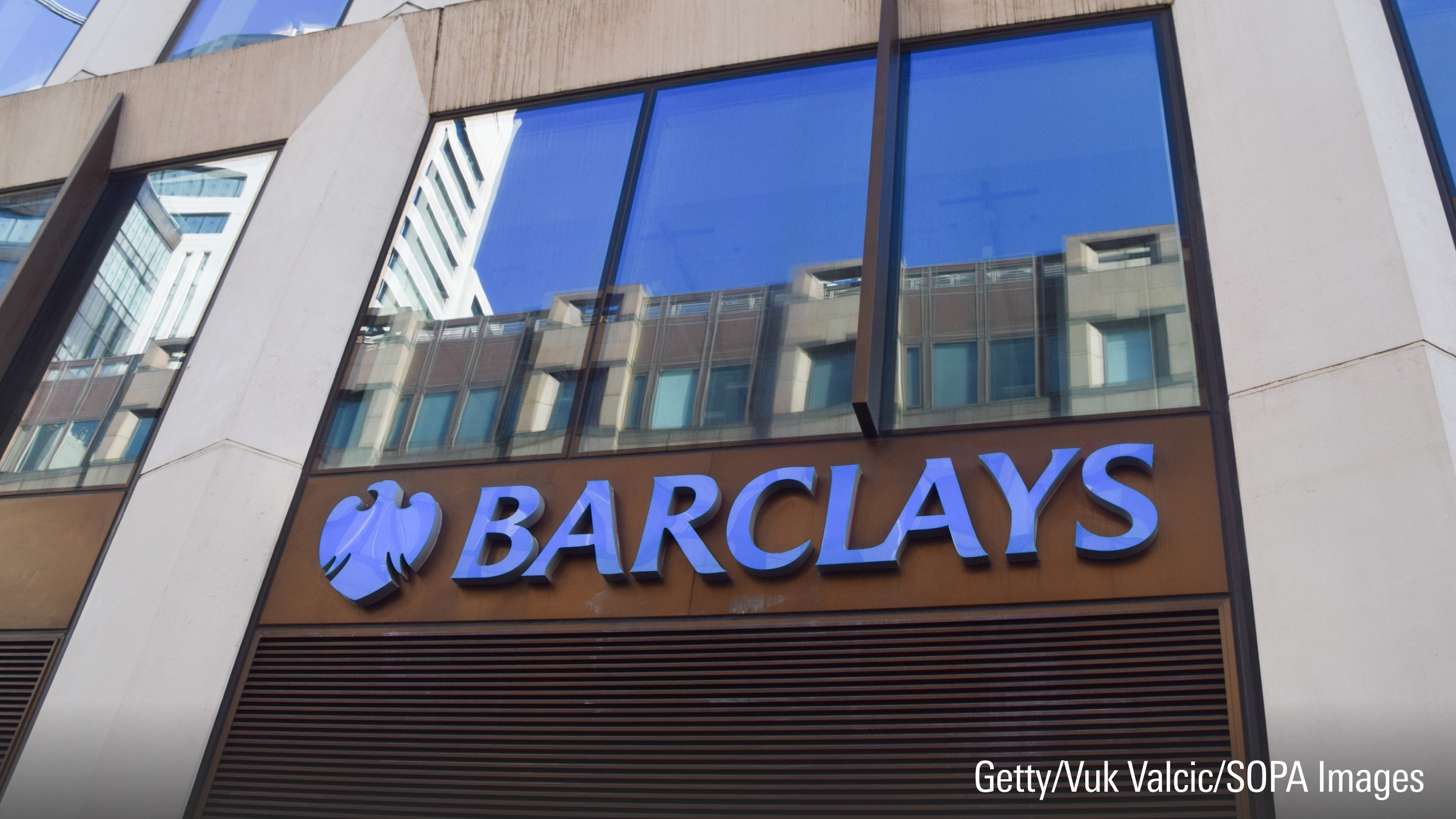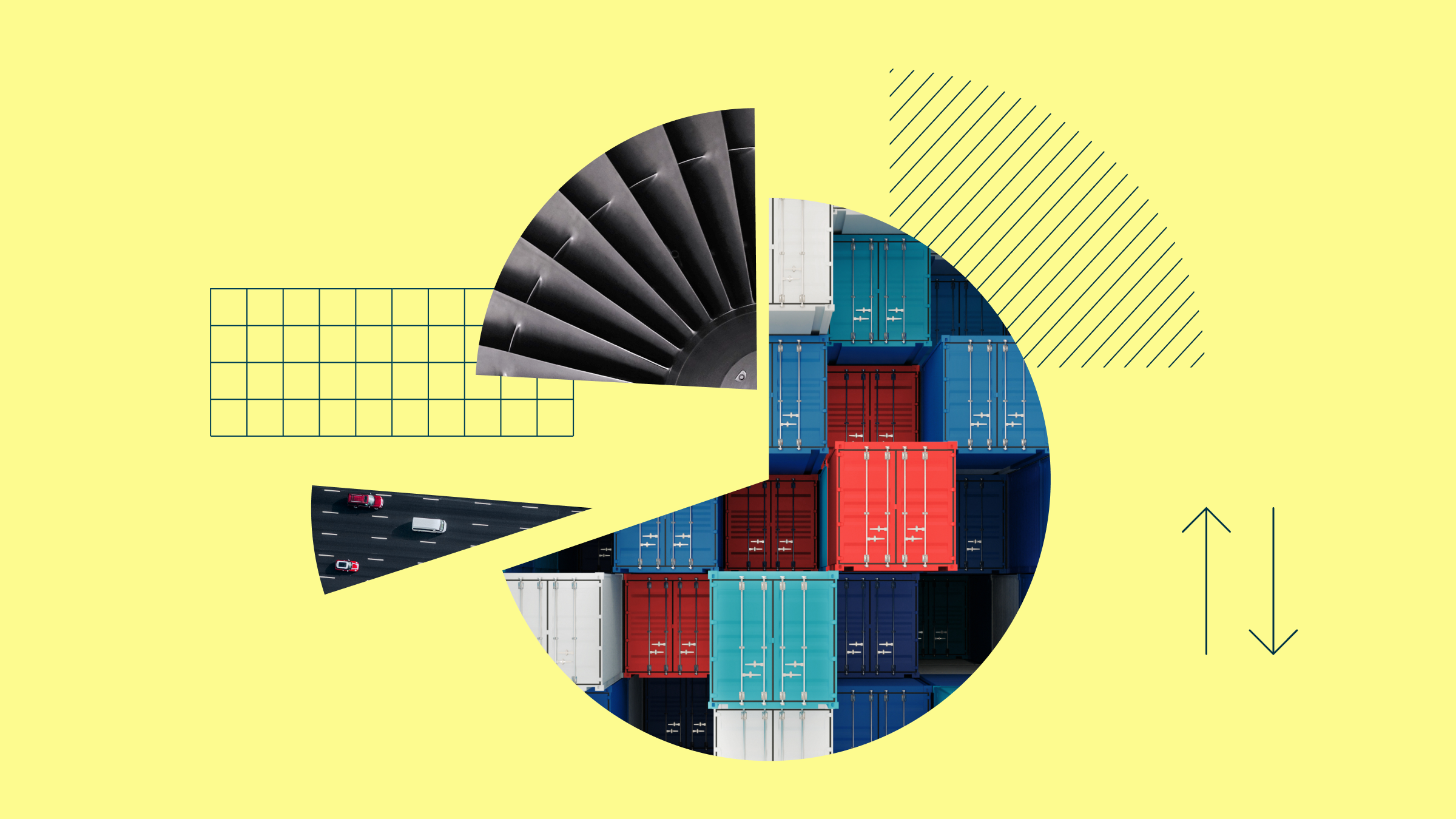Gold is traditionally sought after as a store of value in times of severe economic dislocation, an insurance policy against financial Armageddon. Most notably, gold has in the past proven a useful hedge against inflation. Its value as an inflation hedge and its low- to negative- correlations with most broad asset classes can make gold a worthwhile investment for a small portion of an investor’s portfolio. While gold has exhibited a low level of volatility relative to equities over the past quarter century, the massive price swings experienced from the early 1970s through the mid-1980s serve as a worthwhile exhibit to the effects fickle investor sentiment can have on the value of the yellow metal. It also underscores w
hy an allocation to gold should probably only occupy a small portion of a well-diversified portfolio. As for an investment in physical gold through an exchange traded product (ETP), we think that gold ETPs are easily some of the least costly and most liquid vehicles for one’s gilded aspirations.
Fundamentale Analyse
The speculative nature of an investment in gold doesn’t differentiate it from other commodities like oil or wheat, which like gold, have no clear future cash flows. What makes gold different from most commodities is that it has little practical use. Gold cannot fuel an automobile or provide nourishment. According to the World Gold Council’s “Gold Demand Trends” report for the first quarter of 2012, only about 9.8% of current gold demand comes in the form of practical uses--such as in dentistry and electronics. The largest portion of gold demand (47.4%) comes from the jewelry industry, with India and China being the most notable drivers of incremental consumption in recent years. Meanwhile, (35.5%) of the global appetite for the yellow metal comes from investors. The remainder (7.3%) comes in the form of official sector purchases. The world’s central banks have been playing an increasingly important role in the gold market in recent years. Indeed, official sector gold purchases increased nearly six fold in 2011 versus 2010, according to the World Gold Council. Also, investment demand for gold has surged in recent years as concerns over paper currencies have flared and the world’s most precious metal has been made increasingly accessible to the masses, thanks to a growing number of industrious ETP providers.
While the demand for gold for use in industrial and dental applications and for jewelry has historically exhibited normal cyclical behaviour, investment demand for gold appears to be in a secular uptrend. Gold is now more accessible than ever (when else in history has gold been sold from vending machines?) and its popularity as a safe-haven seems to grow by the day, which could signal that prices have trended too high. On the other hand, bloated sovereign balance sheets and a massive bout of recent monetary stimulus have many convinced that gold is in fact the world’s one true currency, and perhaps its value will only climb higher. While gold notched record high price levels in nominal terms in September 2011, the nearby peak remains well below its inflation-adjusted record price of $2,358 per troy ounce--reached in January of 1981. Whether the price of gold will soon tumble or spiral higher is nearly impossible to tell. Though the gold price has demonstrated limited volatility in recent years, past experience has been marked by episodes of massive price declines. Nearly two years after the aforementioned all-time record real price for the yellow metal was reached, the value of bullion had fallen by two-thirds. What we can say for certain is that the ETPs backed by physical gold are an excellent way to gain exposure to the yellow metal for investors and speculators alike.
Indexkonstruktion
As this ETC invests directly in physical gold, it will track movements in the spot price of the yellow metal, less fees. The security is benchmarked to the P.M. London Gold Fixing. The London Gold Fixing takes place twice each business day at 10:30 A.M. and 3:00 P.M London time. The fixing process determines the settlement price for contracts arranged amongst the members of the London Bullion Market. This price--which is expressed in terms of U.S dollars per troy ounce--is in turn used as a benchmark for the vast majority of the gold products and gold-related derivatives around the globe. This ETC is euro hedged to reduce the effect of fluctuations in the USD/EUR exchange rate on its performance. This hedge typically involves a notional forward sale of U.S. dollars.
Fondskonstruktion
The ETC is a secured, limited recourse obligation of the issuer DB ETC plc., which is registered in Jersey. The issuer owns gold stored in secure vaults in London. The ETC’s custodian and sub-custodian are Deutsche Bank AG and JP Morgan Chase Bank N.A., respectively. ETC holders have no right to take physical delivery of the underlying gold.
Gebühren
This ETC levies a total expense ratio (TER) of 0.59%, putting it at the back of the pack of gold-backed exchange traded products. The ETC’s foreign exchange hedge accounts for 0.30% of its TER.
Alternativen
Gold ETPs are an alternative to a direct investment in physical gold. Relative to owning bullion or coins outright, gold ETPs offer the benefits of lower carrying costs and superior liquidity.
There is a broad menu of physical gold ETPs. In our opinion, TER and custody and storage fees (in aggregate, carrying costs) are key differentiating factors for physical metals funds--with lower TERs and fees obviously being better. Given the nature of these funds, carrying costs are the chief source of tracking difference relative to the spot price movements of the metal, and thus the primary determinant of relative performance amongst competing products.
In the case of all physical gold ETPs--with the notable exception of Xetra Gold--the TER is inclusive of all custody and storage fees.
In the case of the db Physical Gold Euro Hedged ETC, its TER of 0.59% (0.30% is attributable to the foreign exchange hedge fee) puts it at the back of the pack from an expense ratio perspective, well behind competitive offerings from the likes of Source, RBS (whose physical gold ETCs have TERs of 0.29%), and iShares (0.25%).
There are also a variety of other either currency-denominated or currency-hedged other physical gold ETPs available to those looking to either take on or eliminate currency risk from their gold exposure.
Die in diesem Artikel enthaltenen Informationen dienen ausschließlich zu Bildungs- und Informationszwecken. Sie sind weder als Aufforderung noch als Anreiz zum Kauf oder Verkauf eines Wertpapiers oder Finanzinstruments zu verstehen. Die in diesem Artikel enthaltenen Informationen sollten nicht als alleinige Quelle für Anlageentscheidungen verwendet werden.

















